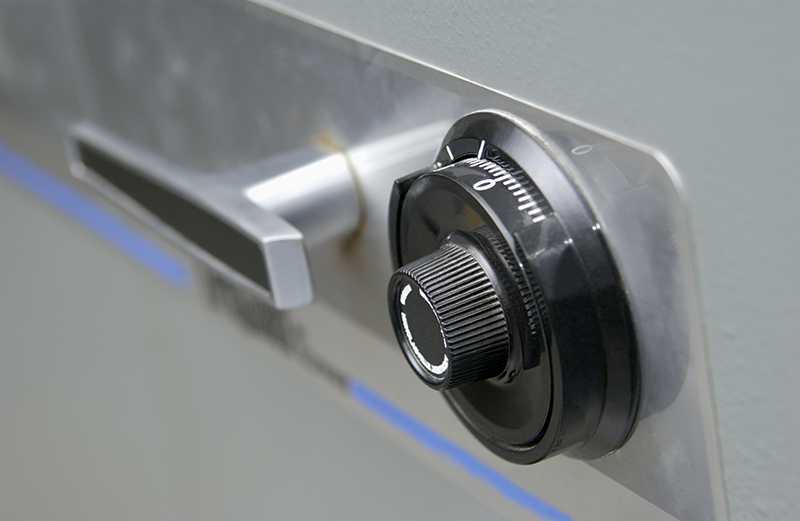In the context of investing, “safe” has relative meaning depending on many factors. Primarily, “safe” means what is “safe” to you in your circumstances.
Some factors to consider in determining safety/risk are: purpose for which the dollars are invested, your age, how long until you will use this money in hand, your comfort with account values moving up and down, how often you look at your account(s), dependent needs, health, etc .
 For many of our clients “safe” means that they don’t lose money, period. Fair enough, but what is losing money in real terms? A bank account that is federally insured is not protected from taxes and inflation. In reality, considering taxes and inflation in combination, most money in a bank is losing value in real terms. If you are going to retire on those dollars, then you are losing purchasing power every day. In the early 80’s, bank CDs could be found paying interest rates in the mid-teens. With inflation running as high as 20% and the maximum federal income tax bracket at 70%, getting 15% in the bank was a real loser when considering those two erosion factors!
For many of our clients “safe” means that they don’t lose money, period. Fair enough, but what is losing money in real terms? A bank account that is federally insured is not protected from taxes and inflation. In reality, considering taxes and inflation in combination, most money in a bank is losing value in real terms. If you are going to retire on those dollars, then you are losing purchasing power every day. In the early 80’s, bank CDs could be found paying interest rates in the mid-teens. With inflation running as high as 20% and the maximum federal income tax bracket at 70%, getting 15% in the bank was a real loser when considering those two erosion factors!
For some, safe can only mean no possibility of loss of principal. That means federally insured bank accounts or government bonds are their choices. Even then, there is no safety if the government goes into default on its debt (bonds), if the government devalues the currency, of if they have to access the account for money before maturity. Government default or devaluation was unthinkable a few years ago, but it may not be as far-fetched as we look into the future and our current debt. We have to think of the risk-reward equation to determine what is safe. If you want government guarantees, then you have to stay with government bonds or band deposits. If you want higher returns then you have to go beyond government guaranteed investments and use corporate or private options like fixed annuities, indexed products, whole life insurance, etc. On a scale of one to 10, this is on lowest end of the risk spectrum.
If “safe” means that over a given time period you won’t lose money, then you may be capable of having part of your investments in something with some “risk”, albeit very low risk. If you are only thinking of where will this be in 20 or 25 years and you won’t be watching it every day, then you may be a candidate for something with more up and down movement over short time spans but on the upward track over the long haul.

However, and extremely important, is the reality that “safe” is none of the above alone. In planning, “safe” means that you attain your objectives by having a plan and executing it. A plan contains many parts, but one of them is to define objectives and then invest to meet them. Said another way, you have to have emergency funds (cash) in the bank, you have to have an idea of when retirement will begin and what it will look like (what lifestyle you’ll live). Will you remain in your home or make a move? Will it be downsizing and will it cost more? You have to determine whether you will fund none, part, or all of your children’s (grandchildren’s) education. Do you want to leave a legacy or do charitable bequests at death? Will you get long term care insurance or will you self-insure? In each of these instances an investment may look different. The legacy investment might be life insurance or it might be a mostly equity account. Self-insuring for long term care requires very low risk and low yielding investments since it has to be accessible at any time and liquid.
Therefore, “safe” usually means that different investments are invested differently and the overall “mix” is “safe” based on your objectives, timeline, and risk tolerance. We use the investment “buckets” to put our client’s assets in the appropriate time and risk buckets. These can and will change over time as your timeline gets shorter for the use of various “buckets” and using the asset is a reality.

